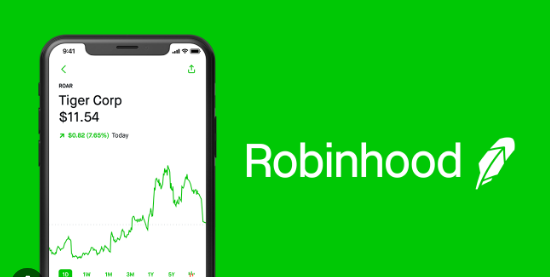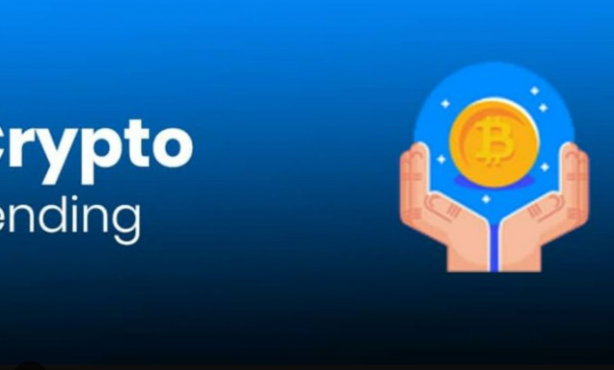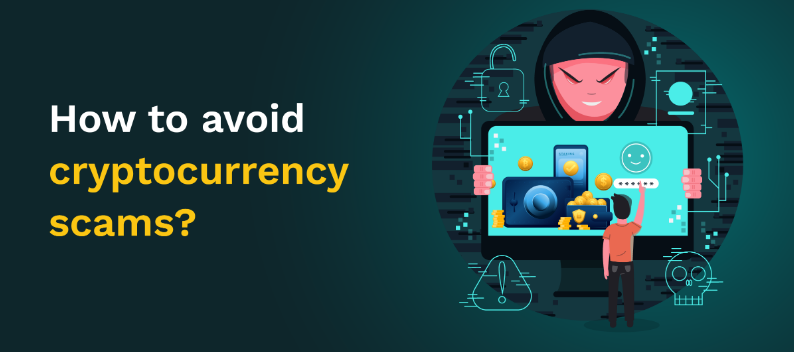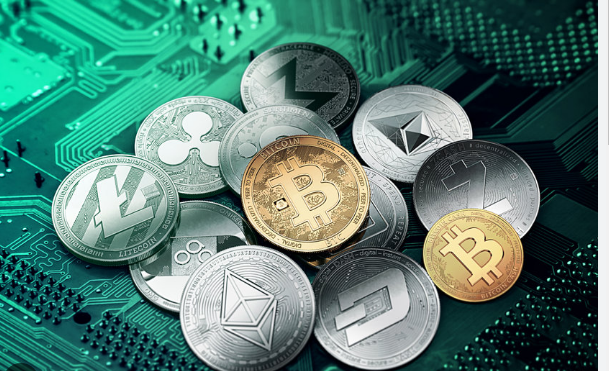
Bitcoin has exploded in popularity over the last few years, gaining mainstream adoption and attracting investors interested in crypto’s potential. One of the most common questions from new users is “How do I buy Bitcoin with USD?”
In this comprehensive guide, we’ll walk you through the various options available for purchasing Bitcoin with US dollars, including the pros and cons of each method. We’ll also provide best practices for securing and storing your BTC after buying.
Key Takeaways
- Popular options for buying BTC with USD include centralized exchanges like Coinbase, decentralized exchanges like Uniswap, and Bitcoin ATMs.
- Pay close attention to fees, verification requirements, and security when choosing an exchange.
- Withdraw your bitcoin to a secure wallet you control after purchasing for optimal security.
- Dollar cost average into positions over time rather than buying all at once.
- Taxes apply to bitcoin purchases – track cost basis and capital gains.
Overview of Purchasing Options
There are several ways to convert USD into bitcoin, each with their own advantages and disadvantages. Here are some of the most common options:
| Method | Pro | Con |
|---|---|---|
| Centralized Exchanges | Easy to use, many funding options | Higher fees, security risks |
| Decentralized Exchanges | Non-custodial, more privacy | Complex interfaces |
| Bitcoin ATMs | Anonymous, cash purchases | High fees, limited locations |
| P2P Exchanges | Private sales, flexible payment | Scam risks, manual process |
For most first-time buyers, centralized exchanges like Coinbase or Gemini offer the simplest purchasing experience. However, we’ll explore all of these options in more detail throughout this guide.
Step 1: Choosing a Bitcoin Exchange
The first step is deciding where you want to make your BTC purchase. Here are some of the most popular exchange options:
Centralized Exchanges
Platforms like Coinbase, Gemini, and Kraken allow you to connect your bank account or debit card to easily buy and sell bitcoin and other cryptocurrencies. They act as custodians, holding your private keys on your behalf.
Pros:
- Beginner friendly onboarding and interface
- Variety of funding options – bank transfer, card, wire
- High liquidity and trading volumes
Cons:
- Higher fees than decentralized options
- Security risks of storing coins on an exchange
- Subject to KYC/AML regulations
Decentralized Exchanges
Decentralized exchanges like Uniswap and PancakeSwap allow you to trade crypto and fiat currencies via automated smart contracts. You maintain control of your private keys.
Pros:
- Non-custodial – you control your private keys
- Access a wide variety of assets
- More privacy than centralized platforms
Cons:
- Complex interface and user experience
- Fewer fiat on-ramps – hard to fund with USD
- Subject to gas fees on Ethereum
Bitcoin ATMs
Bitcoin ATMs allow you to convert USD to bitcoin instantly using cash or debit card. Useful for anonymous purchases.
Pros:
- Instant, anonymous way to buy BTC with cash
- No ID required in some cases
- Thousands of locations globally
Cons:
- Transaction fees of 5-10% on average
- Prices may be higher than exchanges
- Limited purchase amounts
P2P Exchanges
Peer-to-peer platforms like LocalBitcoins and Paxful connect buyers and sellers directly for trading bitcoin. Payments can be made via various methods.
Pros:
- Private sales between users
- Variety of payment methods
- Competitive prices
Cons:
- Manual process to find traders
- Scam risks – no oversight
- Irreversible payments
When getting started, centralized exchanges tend to provide the simplest experience. For more advanced users, decentralized exchanges and P2P platforms offer advantages. Bitcoin ATMs can complement other options with their convenience and privacy.
Step 2: Verifying Your Identity
The majority of popular exchanges will require some form of identity verification to comply with KYC/AML regulations before allowing USD purchases.
This typically involves uploading a government ID such as a driver’s license along with proof of address. You may also need to provide identifying selfies.
The verification process can take anywhere from a few minutes to a few days depending on the platform. Some methods like Bitcoin ATMs may not require verification.
Step 3: Funding Your Exchange Account
Once your account is verified, there are various ways to transfer USD to fund your exchange purchase:
- Bank account – Link your bank account to transfer funds directly via ACH or wire.
- Debit/credit card – Top up your exchange balance instantly via Visa, Mastercard, etc.
- Cash deposit – Some exchanges provide deposit slips to take to your bank.
- Wire transfer – Send funds more quickly via a domestic or international wire transfer.
Pay close attention to any deposit fees your exchange may charge – they can range from 1-5% in some cases. Wires and cash deposits tend to have higher fees.
Step 4: Placing Your Bitcoin Order
Once your account is funded, navigate to the exchange page on your platform to place your buy order. You’ll typically have two options:
Market order – Buy or sell BTC at the current market price immediately. Simple but doesn’t allow setting a specific price.
Limit order – Place an order at your target price to wait for it to be filled. Gives you more control over entry price.
For first purchases, a market order is generally the easiest way to get your hands on bitcoin quickly. However, limit orders are useful for dollar cost averaging – more on that later.
Step 5: Securing Your Bitcoin
Once you’ve bought BTC, it’s important to then withdraw it to a secure personal wallet where you control the private keys. Leaving coins on an exchange long term poses security risks.
Some good options for securing your bitcoin include:
- Hardware wallets – Offline physical devices like Trezor or Ledger.
- Software wallets – Mobile and desktop apps like Exodus or Electrum.
- Paper wallets – Printed public/private keys.
Be sure to keep backup recovery phrases and passwords safe when creating bitcoin wallets. Practicing good security habits is a must.
Step 6: Withdrawing Your Bitcoin
To transfer your newly purchased BTC to your personal wallet, look for the “Withdraw” option on your exchange account.
Enter the wallet address you want to withdraw to and the amount, then submit the request. Exchanges will charge a small withdrawal fee.
It may take minutes to hours for the BTC to reflect in your target wallet depending on network congestion. Always triple check addresses when withdrawing!
Tax Implications
It’s important to understand the potential tax obligations when buying and selling bitcoin in the US. Bitcoin is treated as property by the IRS.
You may face capital gains tax when selling BTC at a profit. Purchasing goods and services directly with bitcoin can also trigger taxes.
Keeping detailed records of your cost basis and capital gains/losses is crucial for tax reporting. Consider using portfolio tracking tools to simplify the process.
Minimizing Fees
One way to maximize your bitcoin purchase is to pay attention to the various fees involved:
- Exchange fees – Trading, withdrawal, and deposit fees charged by the exchange.
- Network fees – Necessary to process Bitcoin transactions. Based on traffic.
You can minimize exchange fees by comparing rates across platforms and funding accounts via ACH instead of card. Network fees are harder to avoid but can be lowered by timing transfers strategically.
Security Best Practices
Implementing basic security measures will keep your bitcoin investments safe:
- Use unique, complex passwords on all your accounts and wallets.
- Enable 2-factor authentication (2FA) whenever possible.
- Store the bulk of your BTC holdings in cold storage like a hardware wallet.
- Beware phishing attacks and fake emails/calls asking for personal info.
Avoid sharing your private keys or seed phrases with anyone. Never enter them on unfamiliar sites.
Taking sensible security precautions will allow you to buy, sell, and hold bitcoin more securely.
Dollar Cost Averaging Bitcoin
Dollar cost averaging (DCA) is a common investment strategy that can be very effective when buying bitcoin.
Rather than purchasing your entire desired BTC holdings at once, you spread out your buys over weeks, months, or years. This helps mitigate against volatility risk.
For example, investing $500 monthly into bitcoin over several years is a form of DCA. Automatic recurring purchases on exchanges help automate this process.
DCA takes advantage of bitcoin’s long term upward trajectory while smoothing out temporary dips.
Expanding into Altcoins
Once comfortable with holding BTC, you may consider diversifying into other cryptocurrencies like Ethereum or stablecoins that can also be purchased with USD.
Altcoins introduce more risk but greater upside potential in many cases. As with bitcoin, you’ll want to withdraw any altcoins to a secure personal wallet under your control after purchasing.
The Future of Bitcoin Investing
Despite bitcoin’s established track record over the past decade, it’s still an emerging asset class with tremendous growth potential as adoption increases.
Many experts predict its price could reach into the hundreds of thousands or even millions per BTC by the end of this decade as institutional involvement accelerates.
Regardless of bitcoin’s uncertain future price, proper research, planning, and risk management will allow you to navigate investing in it more effectively.
Conclusion
Purchasing bitcoin has never been simpler thanks to the variety of options available like centralized exchanges and Bitcoin ATMs. Pay attention to fees, security, storage, and tax considerations.
Dollar cost averaging can help mitigate volatility exposure. With prudent management, adding BTC to a diversified crypto portfolio could be a savvy long term move.
Now that you understand the basic process, it’s time to open an account and start buying bitcoin!






